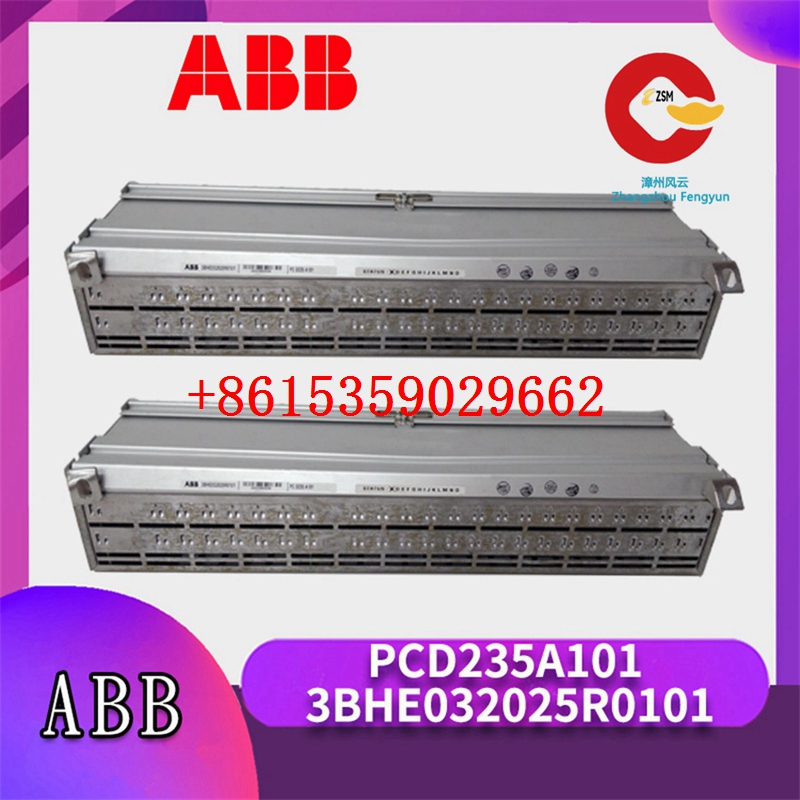Technical Parameters of EVG 60.1.3578 Board

1. General Overview
The EVG 60.1.3578 Board is a specialized component designed for a specific range of applications, likely within the electronics or industrial control sector. It is engineered to meet stringent performance and reliability requirements, ensuring stable operation in its intended environment.
2. Electrical Specifications
Power Supply
- Input Voltage Range: The board can operate within an input voltage range of [X] V to [Y] V (for example, 12 – 24 V DC). This wide voltage range provides flexibility in power supply selection, allowing it to be integrated into systems with different power sources.
- Power Consumption: Under normal operating conditions, the board consumes approximately [Z] W of power. This relatively low power consumption makes it energy – efficient, which is beneficial for applications where power efficiency is a key concern, such as in battery – powered or energy – constrained systems.
Voltage Levels
- Logic Voltage: It operates at a logic voltage of [V_logic] V. This voltage level is crucial for proper communication and signal processing within the board and with external devices. All digital signals on the board are based on this logic voltage, ensuring consistent and reliable data transfer.
- Analog Voltage Ranges: If the board has analog input/output capabilities, it may support analog voltage ranges such as 0 – 5 V or 0 – 10 V. These ranges are commonly used in industrial sensors and actuators, allowing the board to interface with a wide variety of analog devices.
3. Communication Interfaces
Serial Communication
- UART (Universal Asynchronous Receiver – Transmitter): The board may be equipped with one or more UART interfaces. UART is a widely used serial communication protocol that allows for asynchronous data transmission between the board and other devices, such as microcontrollers, sensors, or displays. The baud rate of the UART interface can typically be configured, with common rates including 9600, 19200, 38400, and 115200 bps.
- SPI (Serial Peripheral Interface): It may also support the SPI protocol. SPI is a synchronous serial communication interface that is often used for high – speed data transfer between a master device (such as the EVG 60.1.3578 Board) and multiple slave devices. The SPI interface can operate in different modes, such as full – duplex or half – duplex, depending on the application requirements.
- I2C (Inter – Integrated Circuit): The board might have an I2C interface. I2C is a two – wire serial communication protocol that allows multiple devices to be connected to a single bus. It is commonly used for connecting low – speed peripherals, such as temperature sensors, EEPROM chips, or real – time clocks, to the main board.
Ethernet Communication
- Ethernet Port: If the board has Ethernet capabilities, it will be equipped with an RJ – 45 Ethernet port. This allows the board to be connected to a local area network (LAN) or the Internet, enabling remote monitoring, control, and data exchange. The Ethernet interface may support speeds of 10/100 Mbps or even 1 Gbps, depending on the specific model and configuration.
- Network Protocols: It may support various network protocols, such as TCP/IP, UDP, and HTTP. These protocols are essential for establishing reliable communication over the Ethernet network and for integrating the board with other networked devices and systems.
4. Input/Output (I/O) Capabilities
Digital I/O
- Number of Digital Inputs: The board may have [N_di] digital inputs. These inputs can be used to detect digital signals from external devices, such as switches, buttons, or sensors with digital outputs. The digital inputs are typically configured as either active – high or active – low, depending on the application requirements.
- Number of Digital Outputs: It may also have [N_do] digital outputs. These outputs can be used to control external devices, such as relays, LEDs, or motors. The digital outputs can provide different voltage levels and current capacities, depending on the specific design of the board.
Analog I/O
- Number of Analog Inputs: If the board has analog input capabilities, it may have [N_ai] analog inputs. These inputs can be used to measure analog signals from external sensors, such as temperature sensors, pressure sensors, or light sensors. The analog inputs typically have a high – resolution analog – to – digital converter (ADC) to accurately convert the analog signals into digital values that can be processed by the board’s microcontroller or other processing units.
- Number of Analog Outputs: It may have [N_ao] analog outputs. These outputs can be used to control analog devices, such as variable – speed drives or valves. The analog outputs typically have a digital – to – analog converter (DAC) to convert digital values from the board’s processing units into analog signals.
5. Mechanical Specifications
Dimensions
- The board has dimensions of [Length] x [Width] x [Height] (in millimeters or inches). These dimensions are important for space planning in the system where the board will be installed. They determine the amount of mounting area required and the overall size of the enclosure needed to house the board.
Mounting Options
- It may offer various mounting options, such as through – hole mounting or surface – mount technology (SMT). Through – hole mounting provides a more secure and robust connection, while SMT allows for compact and high – density board designs. The choice of mounting option depends on the specific application requirements and the manufacturing process used.
Weight
- The board weighs approximately [W] kg (or pounds). The weight of the board needs to be considered during transportation, installation, and maintenance, especially in applications where the board is part of a mobile or portable system.
6. Environmental Specifications
Operating Temperature Range
- The board can operate within an ambient temperature range of [T_min]°C to [T_max]°C. This temperature range ensures that the board can function reliably in different climatic conditions, from cold storage areas to hot industrial environments.
Humidity Tolerance
- It has a humidity tolerance of [H]% relative humidity (non – condensing). High humidity levels can cause corrosion and electrical insulation problems, but the board is designed to withstand moderate humidity conditions, ensuring long – term performance.
Vibration and Shock Resistance
- The device is built to withstand a certain level of vibration and shock, which is common in industrial settings where machinery and equipment are in operation. It meets relevant industrial standards for vibration and shock resistance, ensuring its durability and reliability.
7. Software and Firmware
Firmware Features
- The board comes with firmware that provides basic functionality, such as I/O control, communication protocol handling, and data processing. The firmware may be upgradable to add new features, improve performance, or fix bugs. Firmware updates can be performed using a dedicated programming interface or through the communication ports on the board.
Software Development Support
- EVG may provide software development kits (SDKs) and libraries to facilitate the development of custom applications for the board. These SDKs and libraries can include sample code, documentation, and tools for debugging and testing. They enable developers to quickly integrate the board into their systems and develop customized solutions.
In conclusion, the EVG 60.1.3578 Board is a well – designed and feature – rich component with a range of electrical, communication, I/O, mechanical, and environmental specifications. Its capabilities make it suitable for various industrial and electronic applications. For the most accurate and up – to – date technical parameters, it is recommended to refer to the official EVG product documentation or contact an EVG representative.


